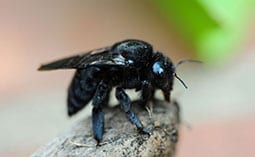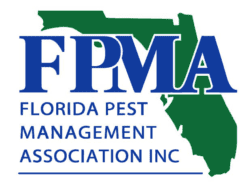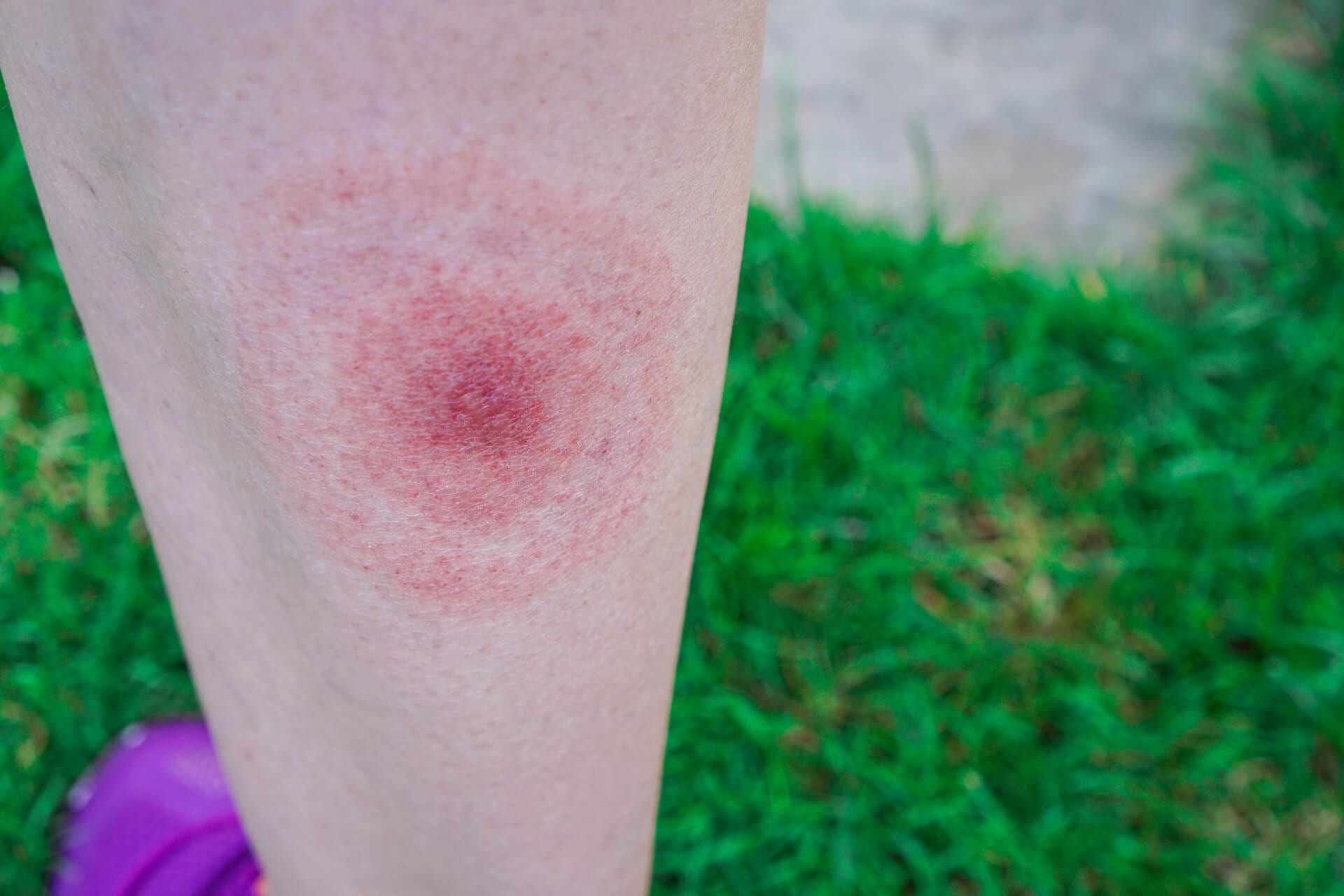
Carpenter Bee Pest Control


What do carpenter bees look like and why are they concerning?
Carpenter bees get their name from their nesting behavior; nearly all species burrow into hard plant material such as dead wood, or even bamboo. Carpenter bees are black and yellow, and they are about 1 inch long.
Read More

Where do carpenter bees live?
Carpenter Bees prefer aged and unfinished wood. They generally start by tunneling under decks that don’t have a varnish or paint finish.
Read More

Why do I have a carpenter bee problem?
Carpenter bees are attracted to untreated wood, especially when it is weathered or cracked. They prefer softer woods, like cedar, cypress, pine, and redwood.
Read More

When are carpenter bees active?
Carpenter bees begin activity near the end of winter, when the weather starts warming up. Those that survived the winter begin mating in April and May, which is when they are most commonly encountered.
Read More

What’s the best way to prevent a carpenter bee infestation?
In order to avoid attracting carpenter bees, the amount of flowers and plants in the area immediately surrounding buildings should be limited.
Read More
For all service inquiries - Call 201-968-5566







